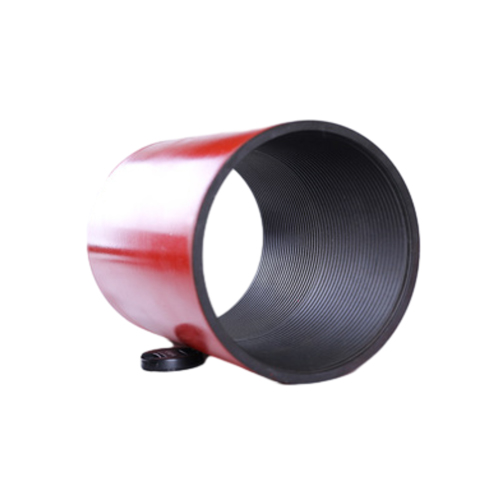- Afrikaans
- Albanian
- Amharic
- Arabic
- Armenian
- Azerbaijani
- Basque
- Belarusian
- Bengali
- Bosnian
- Bulgarian
- Catalan
- Cebuano
- Corsican
- Croatian
- Czech
- Danish
- Dutch
- English
- Esperanto
- Estonian
- Finnish
- French
- Frisian
- Galician
- Georgian
- German
- Greek
- Gujarati
- Haitian Creole
- hausa
- hawaiian
- Hebrew
- Hindi
- Miao
- Hungarian
- Icelandic
- igbo
- Indonesian
- irish
- Italian
- Japanese
- Javanese
- Kannada
- kazakh
- Khmer
- Rwandese
- Korean
- Kurdish
- Kyrgyz
- Lao
- Latin
- Latvian
- Lithuanian
- Luxembourgish
- Macedonian
- Malgashi
- Malay
- Malayalam
- Maltese
- Maori
- Marathi
- Mongolian
- Myanmar
- Nepali
- Norwegian
- Norwegian
- Occitan
- Pashto
- Persian
- Polish
- Portuguese
- Punjabi
- Romanian
- Russian
- Samoan
- Scottish Gaelic
- Serbian
- Sesotho
- Shona
- Sindhi
- Sinhala
- Slovak
- Slovenian
- Somali
- Spanish
- Sundanese
- Swahili
- Swedish
- Tagalog
- Tajik
- Tamil
- Tatar
- Telugu
- Thai
- Turkish
- Turkmen
- Ukrainian
- Urdu
- Uighur
- Uzbek
- Vietnamese
- Welsh
- Bantu
- Yiddish
- Yoruba
- Zulu
Understanding API Casing Sizes and Their Importance in Oil and Gas Industry
Understanding API Casing Sizes A Comprehensive Guide
In the oil and gas industry, the importance of well casing cannot be overstated. It serves as a protective barrier from various geological hazards, supports the production of hydrocarbons, and ensures the integrity of the wellbore. Among the myriad factors influencing casing operations, understanding API (American Petroleum Institute) casing sizes is crucial for engineers, geologists, and field workers alike. In this article, we'll delve into the details surrounding API casing sizes and their significance in drilling and production activities.
What is API Casing?
API casing refers to the standardization of the sizes and specifications for casings used in drilling operations, established by the American Petroleum Institute. These standards provide a uniform system that ensures safety, compatibility, and efficiency across various drilling operations. The compatibility of the casing sizes with drilling equipment and production facilities is crucial for ensuring the smooth operation and longevity of oil and gas wells.
API Casing Size Standards
The API specification covers a wide range of casing types, characterized by their outer diameter (OD) and wall thickness. The sizes are typically expressed in inches, and the casing types are categorized into surface casing, intermediate casing, and production casing.
1. Surface Casing This is installed first and is crucial for isolating the well from the surface environment. It typically ranges in size from 20 inches to 8 5/8 inches in diameter. The primary purpose of surface casing is to protect freshwater aquifers and provide a foundation for the subsequent casing strings.
2. Intermediate Casing Used to traverse unstable or hard areas of the well, intermediate casing usually ranges from 9 5/8 inches to 7 inches in diameter. This casing is essential for preventing wellbore collapse and isolating different pressure zones within the geological formation.
3. Production Casing At the final stage, production casing is installed to allow oil and gas to flow from the reservoir to the surface. Production casing has an outer diameter that ranges from 7 inches to 4 1/2 inches. The design of production casing must accommodate the pressure and temperature conditions within the reservoir while effectively maintaining the integrity of the well.
api casing sizes

Material and Design Considerations
API casing is manufactured from high-quality steel, which is treated to withstand the rigors of downhole environments. The design of the casing must consider not only the size but also the weight and grade of the material. The casing grades – typically categorized as H40, J55, K55, and P110 – determine the tensile strength and yield strength. The selection of the appropriate casing size and grade is vital for ensuring that the well can safely withstand the pressure and temperature of the target reservoir.
Choosing the Correct Casing Size
The selection of the correct API casing size is influenced by several factors, including
- Well Depth Deeper wells require larger diameters to accommodate higher pressures and temperatures. - Geological Conditions The stability of geological formations will determine the need for certain casing sizes to avoid collapse or fluid migration. - Production Requirements The size and configuration of the production casing will depend on the production technology employed, such as the use of completion systems and stimulation techniques.
Moreover, engineering analysis and simulation tools are increasingly employed to determine the ideal casing size, accounting for factors such as thermal expansion, pressure differentials, and potential hazards.
Conclusion
API casing sizes provide a standardized framework that is essential for successful drilling operations in the oil and gas industry. By adhering to these standards, operators can ensure the safety and efficiency of their wells, thereby maximizing production and minimizing environmental impacts. Understanding the nuances of casing sizes, materials, and design considerations is critical for anyone involved in drilling and production, underscoring the importance of API standards in the ongoing quest for energy resources.
-
Well Casing Extension Couplings – Applications and InstallationNewsJun.06,2025
-
Types of Crossover Subs in Drilling & CompletionNewsJun.06,2025
-
Key Features of High-Quality Tubing Pup JointsNewsJun.06,2025
-
Installation and Maintenance Tips for Steel Couplings for PipeNewsJun.06,2025
-
How to Select the Right Pup Joint for Oil & Gas OperationsNewsJun.06,2025
-
Applications of Stainless Steel Pipe CouplingsNewsJun.06,2025







